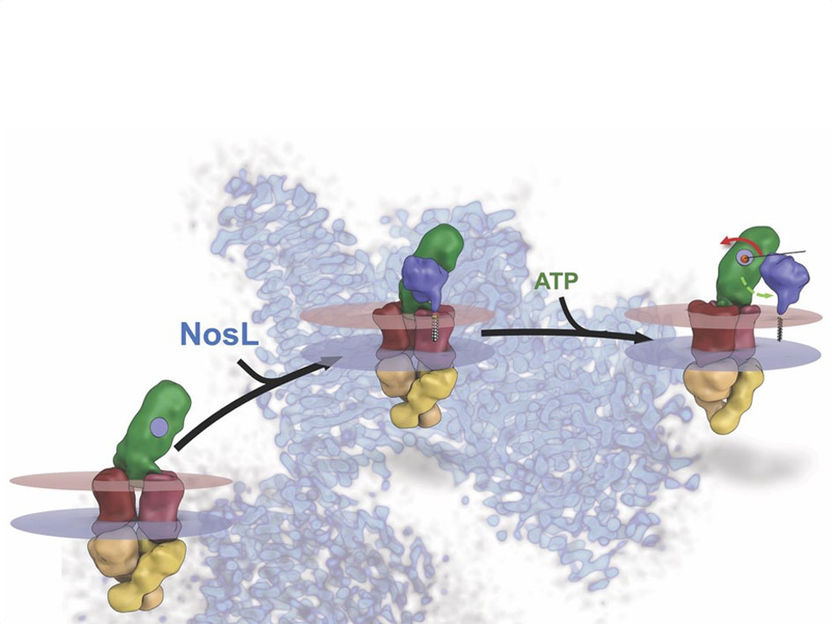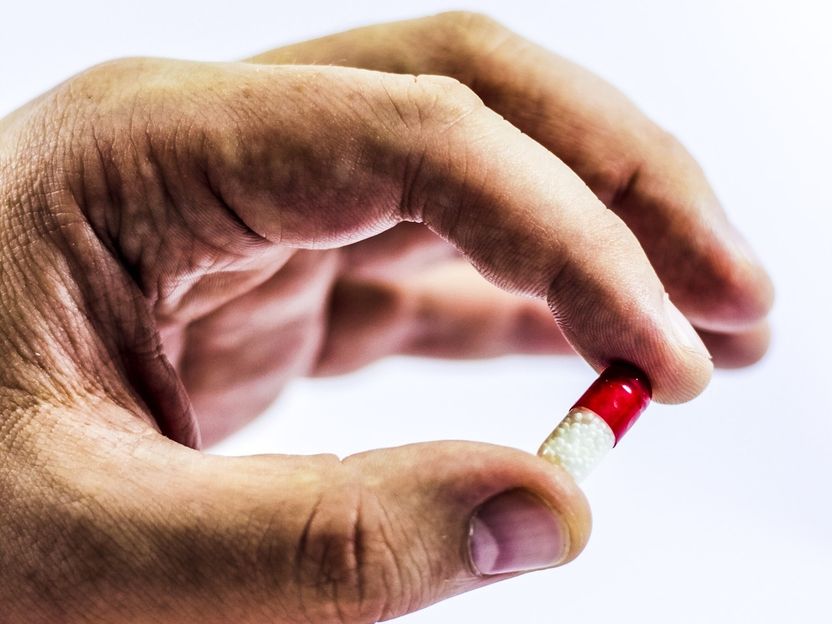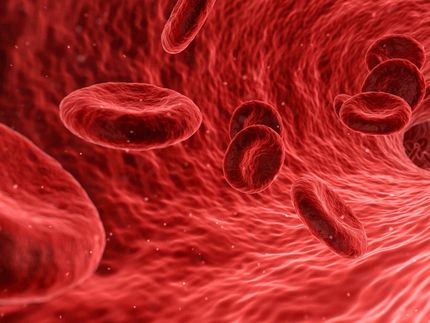Self-sealing miniature 'wound' created by engineers
Biomedical engineers have developed a miniature self-sealing model system for studying bleeding and the clotting of wounds. The researchers envision the device as a drug discovery platform and potential diagnostic tool.
A description of the system, and representative movies, were published.
Lead author Wilbur Lam, MD, PhD says that blood clotting involves the damaged blood vessel, platelets, blood clotting proteins that form a net-like mesh, and the flow of the blood itself.
"Current methods to study blood clotting require isolation of each of these components, which prevents us from seeing the big picture of what's going with the patient's blood clotting system," says Lam, assistant professor in the Department of Pediatrics at Emory University School of Medicine and in the Wallace H. Coulter Department of Biomedical Engineering at Georgia Tech and Emory University.
The model is the result of a collaboration between Lam's group at Emory and Georgia Tech and Shawn Jobe, MD, PhD at the Blood Center of Wisconsin. The co-first authors of the paper are research specialist Yumiko Sakurai, instructor Elaissa Hardy, PhD and senior engineer Byungwook Ahn, PhD, now at LG Electronics.
The system is the first to reproduce all the aspects of blood vessel injury seen in the microvasculature: blood loss due to trauma, clot formation by whole blood and repair of the blood vessel lining. Previous models might only simulate clot formation, for example. The model does not include smooth muscle and does not reproduce aspects of larger blood vessels, however.
The system consists of a layer of human endothelial cells, which line blood vessels, cultured on top of a pneumatic valve. The "wound" is created by activating a pneumatic valve, opening what Lam calls a trap door. Donated human blood flows through the wound, which is about 130 micrometers across.
In the accompanying movie, most of the blood cells are seen as grey: erythrocytes are round grey donuts, while platelets are smaller specks. The red-stained cells are actually white blood cells. A green extracellular "glue" can be seen at the top of the wound; this is fibrin, which holds the clot together.
In real time, it takes about 8 minutes for blood flow into the wound to stop. Without the endothelial cells, the blood flow does not stop.
The system responds to manipulation by drugs and other alterations that reproduce clotting disorders. Blood from hemophilia A patients form abnormal clots and shows extended bleeding time in the model.
The authors also describe insights into how the drug eptifibatide affects the interactions of platelets and other cells in the 3-D space of a wound.
Original publication
Yumiko Sakurai, Elaissa T. Hardy, Byungwook Ahn, Reginald Tran, Meredith E. Fay, Jordan C. Ciciliano, Robert G. Mannino, David R. Myers, Yongzhi Qiu, Marcus A. Carden, W. Hunter Baldwin, Shannon L. Meeks, Gary E. Gilbert, Shawn M. Jobe & Wilbur A. Lam; "A microengineered vascularized bleeding model that integrates the principal components of hemostasis"; Nature Comm.; 2018
Most read news
Original publication
Yumiko Sakurai, Elaissa T. Hardy, Byungwook Ahn, Reginald Tran, Meredith E. Fay, Jordan C. Ciciliano, Robert G. Mannino, David R. Myers, Yongzhi Qiu, Marcus A. Carden, W. Hunter Baldwin, Shannon L. Meeks, Gary E. Gilbert, Shawn M. Jobe & Wilbur A. Lam; "A microengineered vascularized bleeding model that integrates the principal components of hemostasis"; Nature Comm.; 2018
Topics
Organizations
Other news from the department science

Get the life science industry in your inbox
By submitting this form you agree that LUMITOS AG will send you the newsletter(s) selected above by email. Your data will not be passed on to third parties. Your data will be stored and processed in accordance with our data protection regulations. LUMITOS may contact you by email for the purpose of advertising or market and opinion surveys. You can revoke your consent at any time without giving reasons to LUMITOS AG, Ernst-Augustin-Str. 2, 12489 Berlin, Germany or by e-mail at revoke@lumitos.com with effect for the future. In addition, each email contains a link to unsubscribe from the corresponding newsletter.
Most read news
More news from our other portals
Last viewed contents
Short_rib-polydactyly_syndrome
Immunoproteomics
Sleep_(non-human)
Thalassemia

A molecular machine at work - Researchers unravel the assembly of an enzyme that detoxifies the greenhouse gas N₂O
How one strain of MRSA becomes resistant to last-line antibiotic
Ablynx Successfully Generates Nanobodies Against an Ion Channel and Announces New GPCR Programme
Emotional_Freedom_Techniques
Santhera Announces Intent To File Marketing Authorization Application for Leber's Hereditary Optic Neuropathy
Janssen-Cilag International NV withdraws its application for an extension of the indication for Velcade (bortezomib)
Hip_fracture_treatment























































